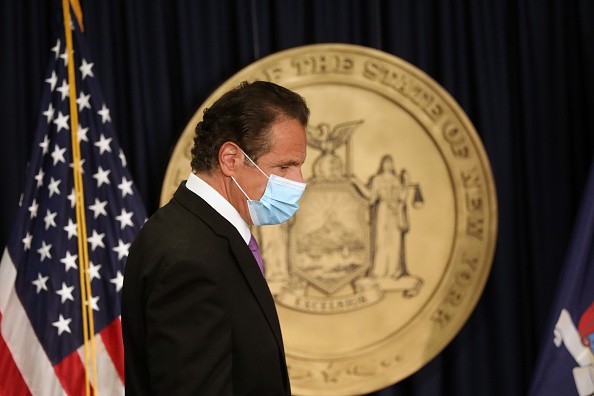
New York vaccination guidelines program in human history is now underway. But several delays already slowed plans to provide vaccines to up to 330 million people.
On Friday, Gov. Andrew M. Cuomo extended the eligibility groups to include three million more persons, including those 75 and older, under rising pressure to alleviate a backlog of hundreds of thousands of unused coronavirus vaccine doses.
Governor Cuomo had adhered to strict rules that prioritized health care professionals, nursing homes, and community home tenants and employees. But on Friday, after persistent criticism from Mayor Bill de Blasio and local officials across the state. The government announced that as soon as Monday, one month after New York City got its first doses, this new community also includes many essential staff, will start scheduling vaccinations.
Restricted initial stocks, supply chain mistakes, and more than a dozen states disregarding federal priority directives have resulted in vaccines being received by just slightly more than 3 million people in the U.S. before the end of 2020.
That is less than 1% of the U.S. population and 17 million less than the government's 20 million targets set late last year. Where does all of this leave the people, and when do they plan to get the COVID-19 vaccines. The reason why the CDC releases vaccination guidelines to follow up distribution.
READ: US Recorded Five Deadliest Days with More than 4,000 COVID-19 Deaths in Less than Two Weeks
The fact is that most individuals in the U.S. would have to wait at least several months until they have access to a vaccine against coronavirus. The Centers for Disease Control and Prevention released vaccination guidelines. A list of priority groups to be vaccinated first, with health care professionals and nursing home residents and employees at the very top, beginning in December.
However, the CDC's recommendation is not a law; many states have drawn up their vaccination guidelines, several of which places teachers and other vital employees and older adults of different age groups above or below the CDC's recommendations.
The CDC recommendations also state that, unless physicians have approved them, someone who has previously had an acute allergic reaction of some severity to any Pfizer or Moderna COVID-19 vaccines component should not be vaccinated.
According to Mr. Cuomo, health care staff in any reservation system will still have priority under these guidelines.
ALSO READ: Washington DC Airports Tighten Security Following Suggestions to Ban Rioters From Flying
In compliance with the CDC guidelines, frontline health care staff who are especially at risk of coronavirus exposure, including around 20 million U.S. physicians, nurses, laboratory technicians, EMT, and hospital employees, are at the top of most state lists. They are prioritized as phase 1a by the CDC and most states and staff and residents in care facilities such as nursing homes.
Because so few COVID-19 vaccine doses are available initially, vaccination with COVID-19 will take a staggered approach as stated on the vaccination guidelines. The Advisory Committee on Immunization Practices or the (ACIP) of the Centers for Disease Control and Prevention (CDC) has identified the priority groups that will get the COVID-19 vaccines first. The purpose of the initial, small doses of COVID-19 vaccines is to protect those exposed to COVID-19 regularly from what they do, who they care about, or where they live. The COVID-19 vaccine suppliers will have to make doses available every week so that vaccination will continue to pass through phases.
Several other classes in the next priority stages for coronavirus vaccines, named 1b and 1c by the CDC. Phase 1b of critical employees communicate with the public (i.e., frontline staff, teachers, grocery store clerks, and transit workers) and people over 75 years of age. Then, step 1c involves adults older than 65, people aged 16 to 74 with underlying medical conditions, and another primary (non-frontline) finance, I.T., and media staff.
Mr. Cuomo has been following the leadership of country-wide governors who have recently open protocols due to criticism of the rate of vaccinations and increasing demand. Federal officials have, for their part, urged states to extend eligibility.
READ MORE: Here's a Complete List of Senators and Representatives who Pledge to Object to Electoral Votes
© 2025 HNGN, All rights reserved. Do not reproduce without permission.








